Projects of armored personnel carriers on the basis of the T-26 - TR-1 (TR-26) and TR-4 tank
Transporter TR-1 (TR-26) was developed in 1932-1933. students of VAMM named after Stalin on the basis of tank T-26. The final revision of the project was carried out in the HF of the SISMASTROST Pilot Plant named after S.M. Kirov (Plant No. 185) in Leningrad. A prototype was made at this plant in the summer of 1933, and from September of that year to February 1934 it was tested at the NIBT testing ground.
The car was designed to carry fourteen paratroopers, who were placed in the armored cabin, located behind the iodine-tower box. The carburetor engine "Hercules" liquid cooling capacity 90 hp ((56 kW), installed in a single unit with the gearbox and main friction clutch "Hercules", was located in the middle part of the body to the left of the driver. This arrangement of the power plant required re-assembling and constructive changes to the systems that ensure engine operation.
The armor protection is bulletproof, made of rolled armor plates 6 and 10 mm thick. The armor plates were joined using welding and riveting.
Landing and dismounting of the landing was carried out through a double door, located in the rear part of the machine, and the landing hatch in the roof of the cabin. For firing from personal weapons assault and observation while moving in the side and front walls of the armored cab there were loopholes, closed armor covers.
The placement of the landing was close and uncomfortable. The tests showed the need for the use of an armored personnel carrier in the Red Army, the nose improved comfort accommodation of the landing.
Cruising the car on the highway reached 100 km.
Armored personnel carrier TR-4.
The TR-4 armored personnel carrier was developed on the basis of the T-26 KV tank of the SM Kirov Pilot Plant (plant No. 185) in 1933. Three samples were made, one of which was tested at the II MW range at the end of 1933. - the beginning of 1934. The BTR was not accepted for service and was not in serial production.
The vehicle was intended to carry a fifteen-man assault force, which was located in an armored cabin located in the middle of the vehicle instead of the turret and turret. The engine compartment, located at the rear of the hull, was specially isolated from the troop compartment !! partition, in which there were two hatches for access to the engine. The crew of the armored personnel carrier consisted of one person - the driver. It was located at the right Borg and monitored the terrain through a viewing hatch, which was closed by an armored cover with a viewing slot and triplex.
Landing and dismounting of the landing were made through two side doors. In addition, in the floor of the troop compartment there were hatches for landing. The landing force was located on five folding seats installed along the drive shaft connecting the engine and transmission (two on the right and three on the left). Two benches were located along the side walls of the cabin and had folding footrests for foot rest.
In the frontal and stern sheets of the conning tower in special ball mounts there was one 7.62-mm machine gun DT. Ammunition for machine guns DT consisted of 4980 cartridges. For ventilation of the troop compartment, the installation of a fan was provided in a special opening in the rear wall, covered with an armor plate.
Armor protection - anti-bullet, made of armor rolled sheets with a thickness of 6 and 10 mm. The connection of armor plates was carried out by welding. Front and stern sheets of the cabin with side cheekbones were located at a small angle of inclination to the vertical.
The engine compartment installed the carburetor engine "Hercules * 1 power 90 hp (66 kW), in the transmission gearbox and the main friction clutch" Hercules. "The range of the car on the highway reached 120 km.
- http://alternathistory.org.ua/"rel =" nofollow ">http://alternathistory.org.ua/
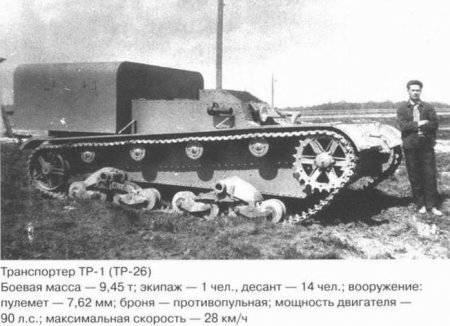
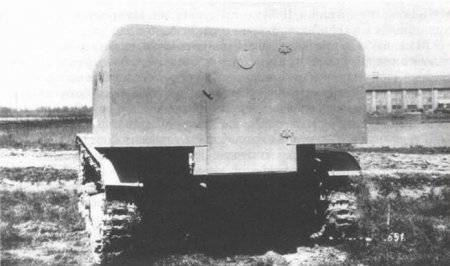
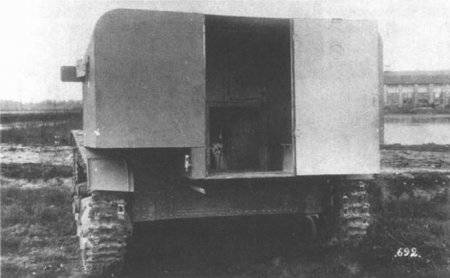
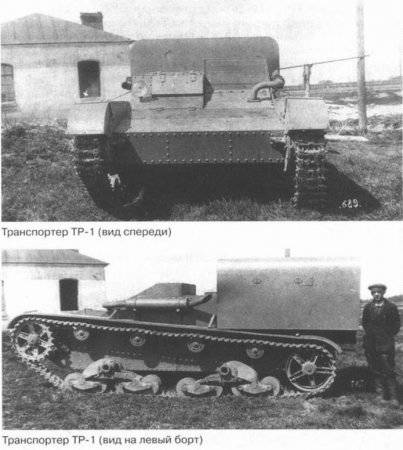
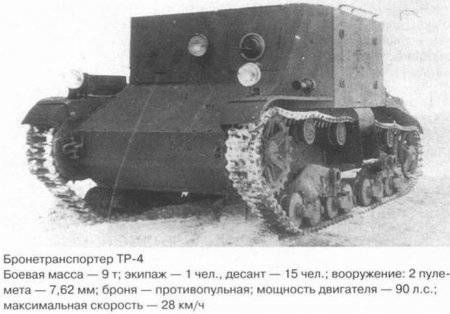
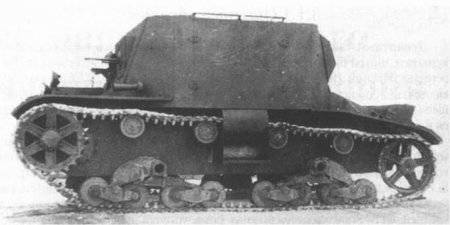
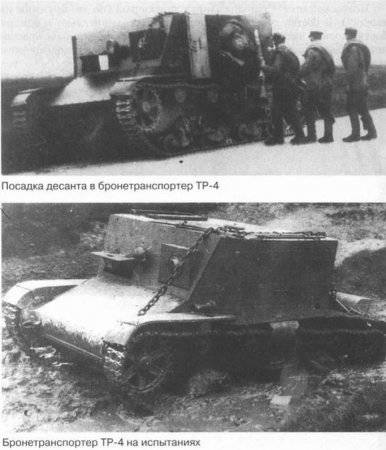
Information